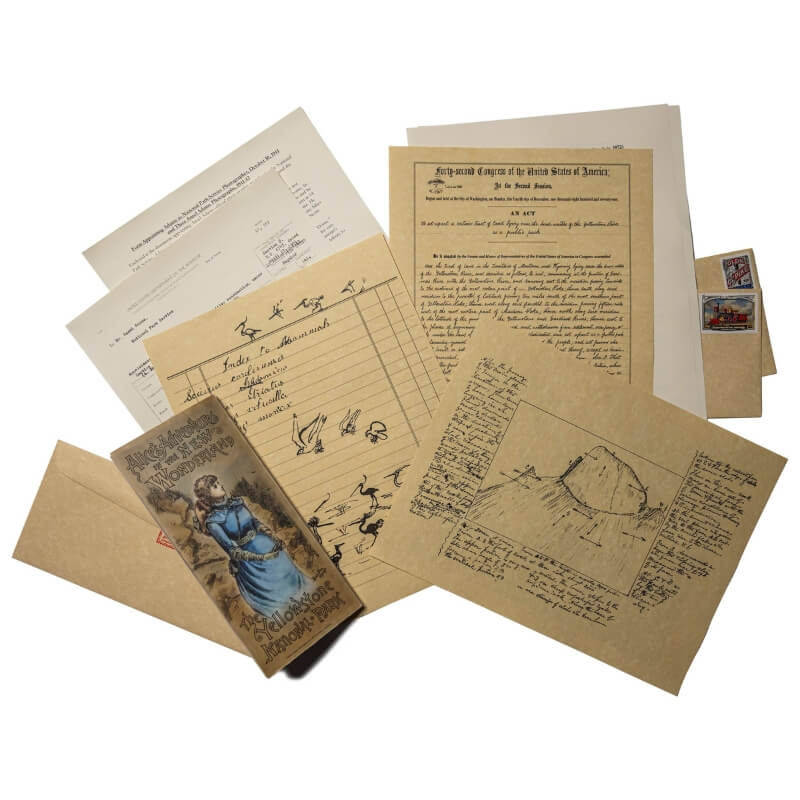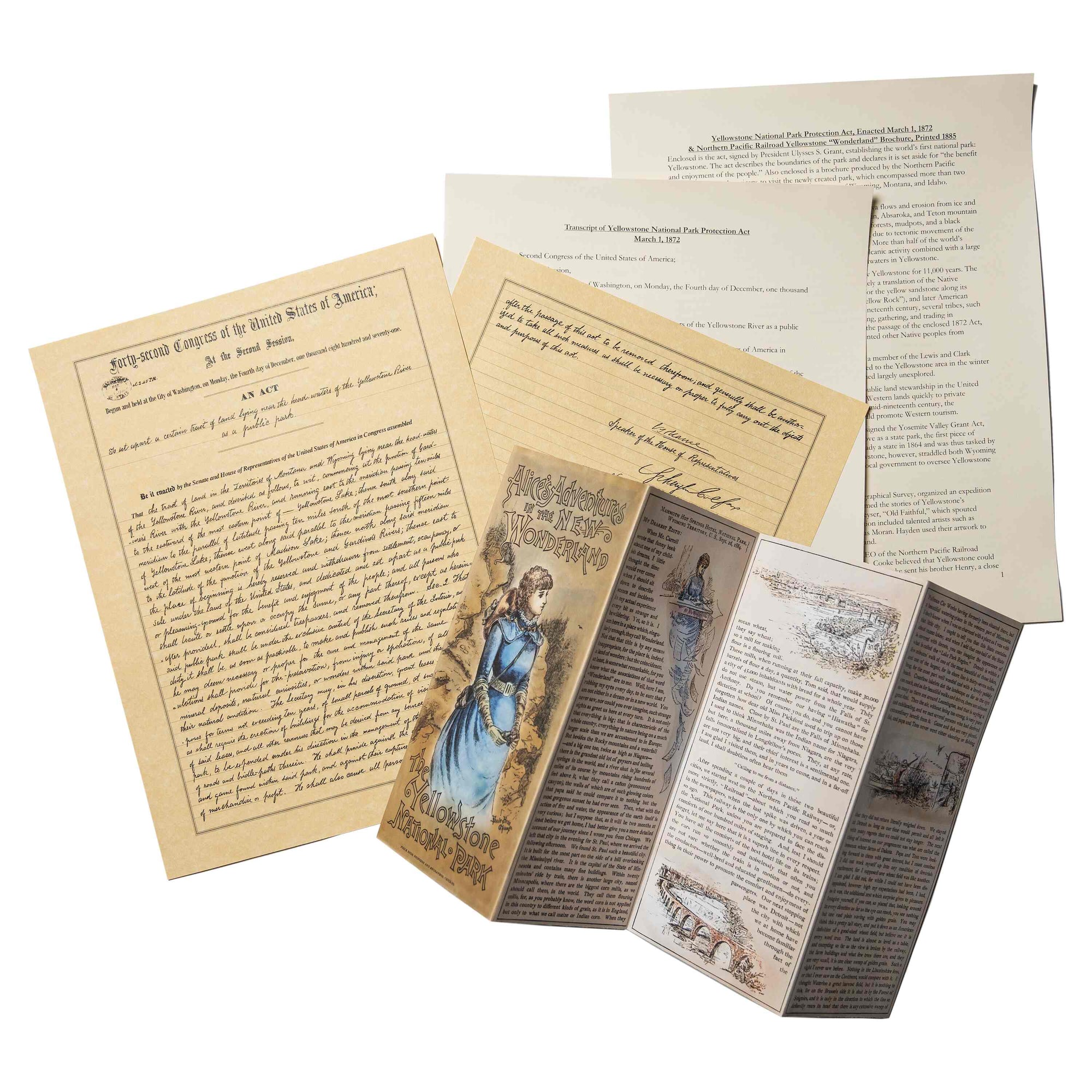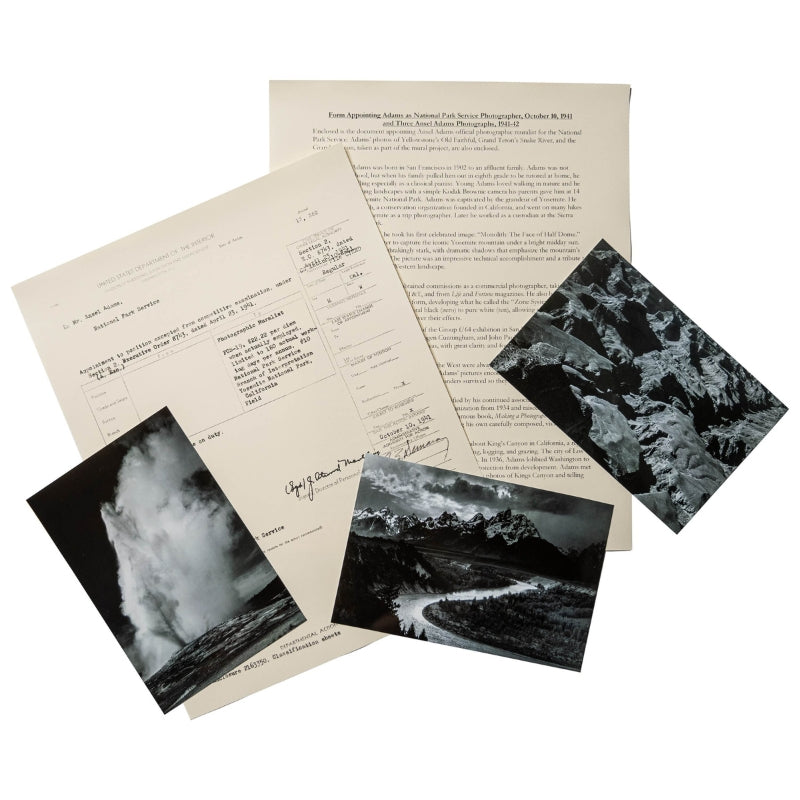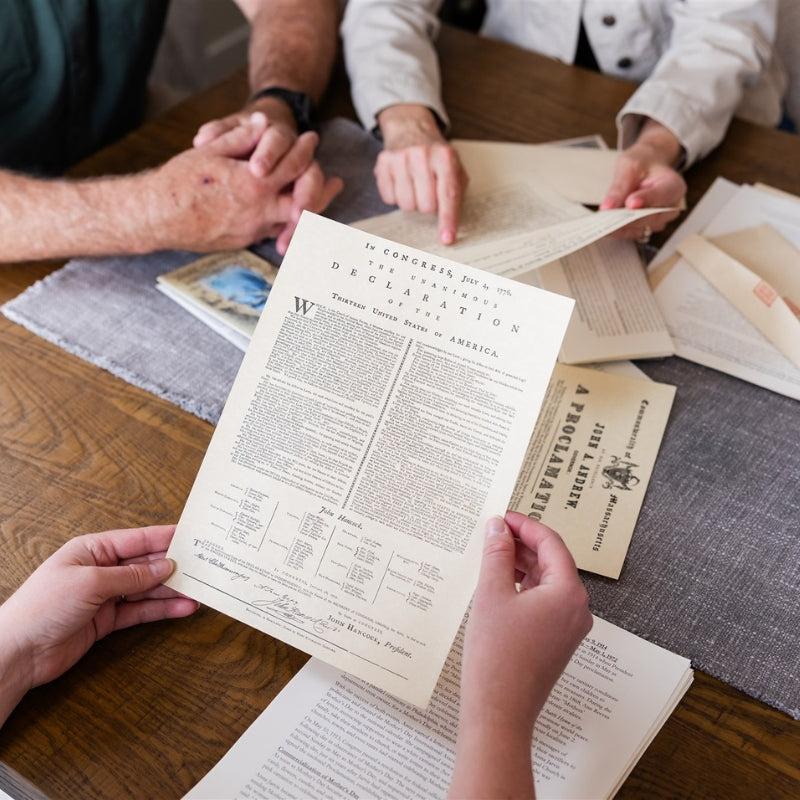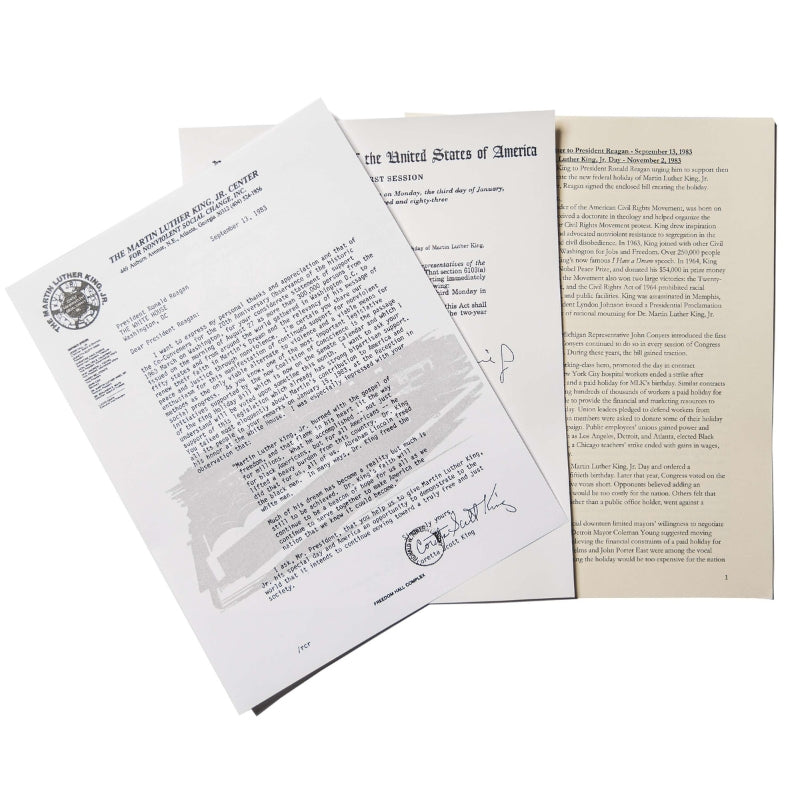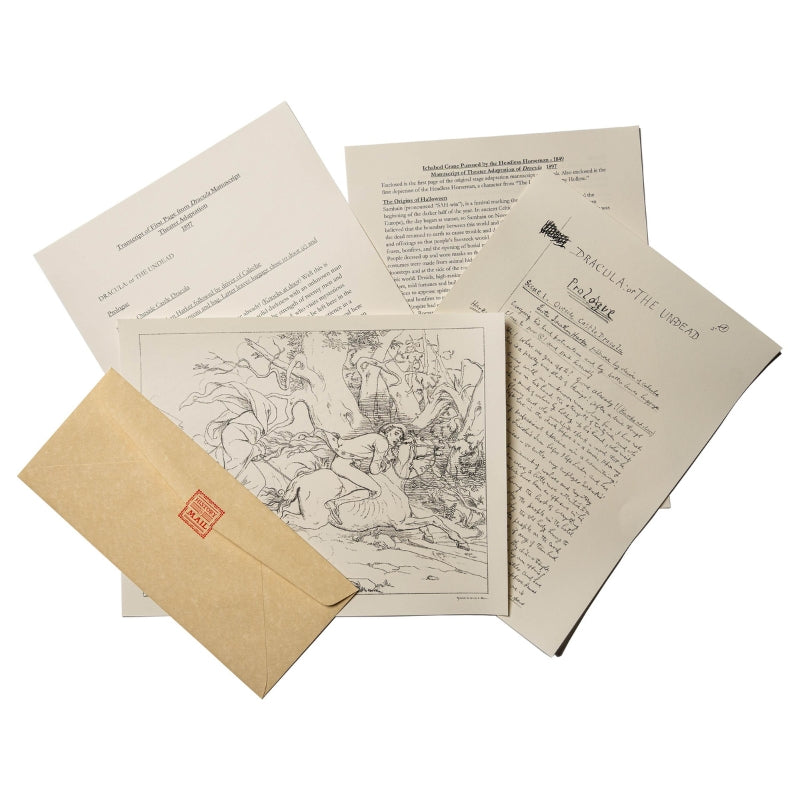

The history of U.S.-Australian relations largely dates back to the Battle of Hamel on the 4th of July, 1918. The Battle of Hamel was a successful join attack in WWI by the Australian and U.S. armies, aided by British tanks, against Germans in the Le Hamel area of Northern France. In WWII U.S. and Australian forces again fought side-by-side and the U.S. became a major base for American forces in the Pacific theater.
Six days before the Japanese attack on Pearl Harbor on December 7th, 1941, the memo and attached map above was prepared in the Office of Coordinator of Information (COI) by Estelle Frankfurter, sister of then U.S. Supreme Court Justice Felix Frankfurter. The COI was an intelligence and propaganda agency of the American federal government created in July 1941, just five months before the U.S. entered WWII. A year later, the COI ceased to exist and its functions were split between the Office of Strategic Services (which later became the CIA) and the Office of War Information (which later became the U.S. Information Agency).
The memo mentions "the strategic position Australia occupies, physically and geographically" and the political similarity between the American and Australian governments. Indeed during WWII, General Douglas MacArthur, Supreme Commander of the Allied Forces in the South West Pacific Area, placed his headquarters in Brisbane, Australia and commanded many Australian troops. In the decades after WWII, the U.S.-Australian relationship has grown even stronger due to the similarities in government and economies between the two countries.








